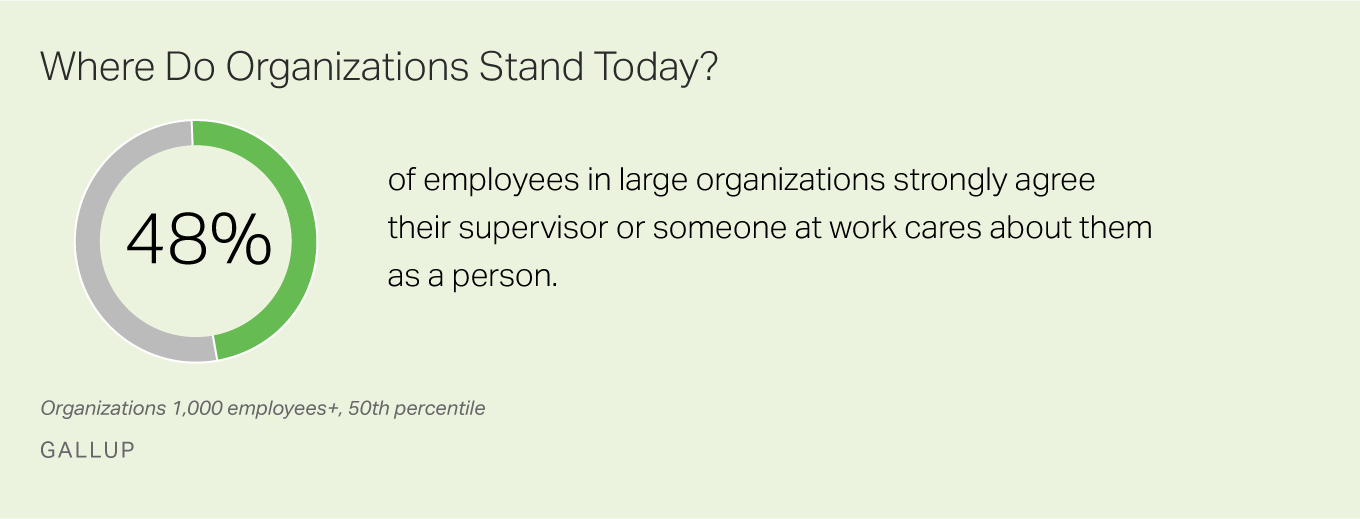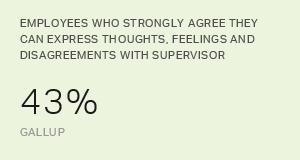Story Highlights
- We must get used to not knowing the answers
- Leaders need to create a sense of stability in an unpredictable world
- AI-based cultures are often geared toward human emotional needs
This article is the fourth in a series about how business leaders can become better prepared for managing the AI disruption.
The business environment is a complex and inherently unpredictable system, well-described by chaos theory's "butterfly effect" -- a butterfly flaps its wings in Brazil and, through an unknowable chain of events, causes a tornado in Texas.
But AI is both the butterfly and the tornado. It's change that creates the need for decisions to be made about more changes. This kicks off an unpredictable and complex chain of events -- and requires more decisions. Such complexity and unpredictability are only going to increase as connectivity expands and the pace of change accelerates.
Meanwhile, humans are left to deal with a tornado. We know we can't compete with AI cognitively, and we can't perfectly comprehend the world AI is building. But we do have to live in it.
Tech pioneers -- those who first learned to use the tools of AI -- report back to the rest of us that human expertise, intellect and experience don't have the value they once did. We must get used to not knowing the answers. We need to be OK with being proven wrong ... and this definitely doesn't come naturally.
Acknowledging the limits of our control is an enormous psychological challenge. We humans fundamentally do not like the idea. In fact, we'll go a long way to create the feeling that we control our future.
Consider the leader who knows performance development practices -- strengths-based, engagement-focused coaching with clear expectations and individualized accountability -- are more productive and profitable, but still can't make himself dismantle his command-and-control management system. He understands why performance development works so well and why command-and-control works so poorly. But the former necessitates a loss of control and the latter offers it. He'd rather forgo productivity than control.
That's a very human stance. If we fail, we feel powerless. If we don't know what's going to happen to us, we feel helpless. And feelings of powerlessness and helplessness are not exactly sentiments a business wants in its workforce. The task of leadership, then, is to provide a sense of stability, hope and empowerment without relying on knowing all the answers or being able to predict the future.
To do that, leadership must start with culture. Create a culture that enables and nurtures genuine relationships, authenticity and strengths-focused development. Couple culture with a strong sense of purpose to provide a real home base for employees, from which they can venture out into the complex and unpredictable environment. If they feel safe, workers can ask the vital why questions. They will feel brave enough to innovate along with their tech and safe enough to not fear it.
In a Q&A from Capgemini Consulting on what AI means for large organizations, Michael Schrage, a research fellow at the MIT Sloan School's Initiative on the Digital Economy, explains how this works in practice. "Companies need to manage data as an asset to get meaningful and measurable economic returns. Start there. Every company is made up of three categories of data managers. Immature managers ask, 'How do we manage this data?' More mature managers ask, 'How do we get value from this data?' And superlative managers say, 'What kind of partnerships, governance and technological investments do I need to make to get best-in-class returns on this asset?"
Asking, and certainly answering, the last question requires courage, imagination and creativity. There's risk involved in that. Get too far out on a limb, and it might break underneath you. People will only take that chance if they feel secure. If their company's culture not only accepts but encourages ideating on how to get measurable economic returns from data, people will go out on that limb. If they feel there's no place for big questions and big ideas, people will stay on the ground where they feel safe. But it's on the ends of limbs that business finds the biggest rewards.

Companies that construct their cultures on a foundation of security and confidence create an interesting paradox: They are competitive AI-based business cultures and exceptionally well-geared toward human emotional needs.
These organizations are also better able to build a culture of ethics, an invaluable asset to be discussed in the next article of this series.
Here are some important questions to consider to assess your organization's readiness for AI:
- Do you select and reward your leaders for their ability to drive engagement and create a culture of trust and teamwork?
- Is it a general expectation of your leaders to know their team members and care for them?
- Would you use words like "humble" and "authentic" to describe a leader in your organization?
Read the first, second and third articles in this compelling seven-part series. The next article will discuss the steps business leaders can take to maintain an ethical culture in the AI era.
Discover Gallup's research and insights on how your company can create a performance management system that prepares your employees for the AI disruption:
- Download our paper Re-Engineering Performance Management to learn why traditional management systems are being disrupted and how to improve them at your organization.
- Register for the course Leading High Performance Teams to learn how you can create and sustain extraordinary performance personally, with each team member and your team.
- Read about Gallup's performance and development metrics to support your performance management vision.
Jennifer Robison contributed to this article.

